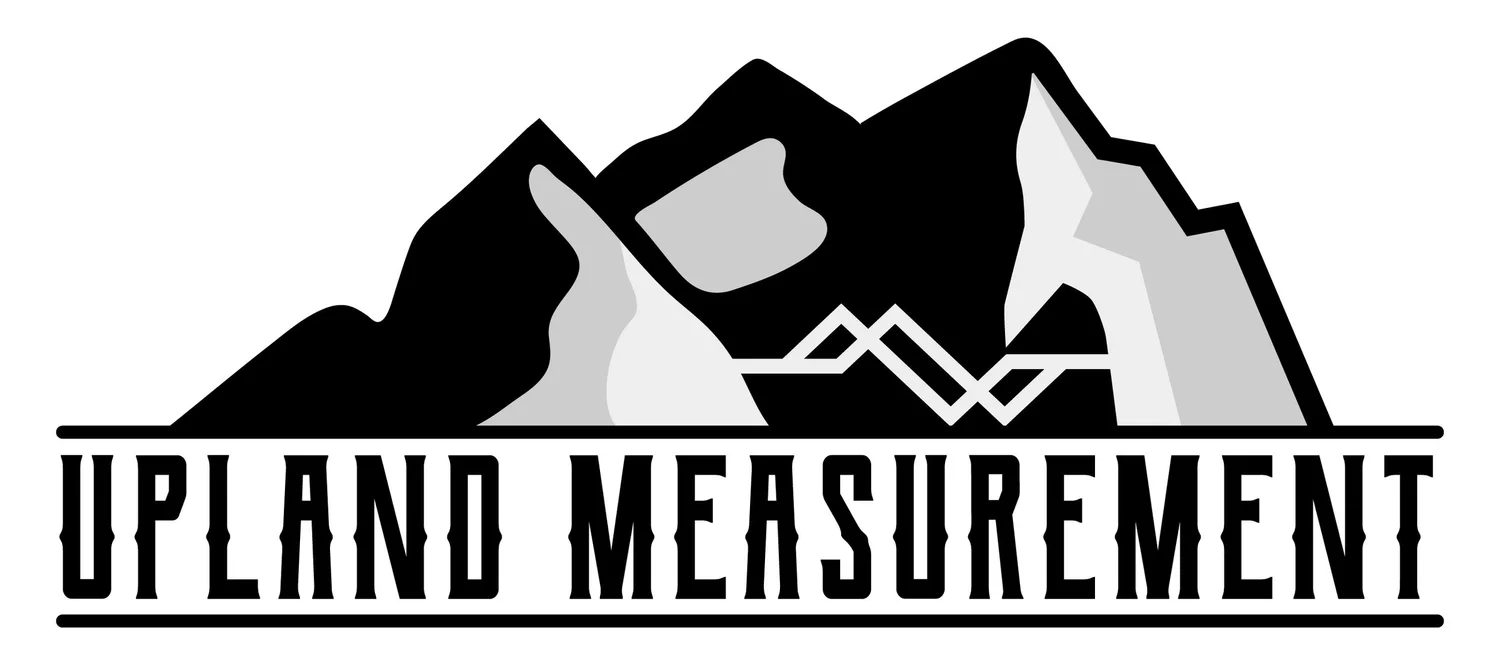how should chemical be categorized—oil or water?
When performing API 10.4 grind outs for custody transfer or measurement allocation, one of the common questions that arises is: how should chemical be categorized—oil or water? It's a critical point that can impact production balances, royalty payments, and compliance with measurement standards.
Understanding API 10.4 and Grind Outs
API MPMS Chapter 10.4, “Determination of Water and/or Sediment in Crude Oil by Centrifuge Method (Laboratory Procedure),” is used to quantify the amount of basic sediment and water (BS&W) in crude oil. The goal is to determine what portion of the sample is merchantable crude versus what is considered non-saleable contamination.
During grind outs—centrifuge tests performed to separate oil, water, and sediment—samples are spun to reveal three distinct layers: oil on top, water on bottom, and sediment either suspended or settled. However, many chemical treatments used in upstream operations blur the line between oil and water.
So, What About Chemical?
Chemical additives, such as methanol, corrosion inhibitors, drag reducers, or demulsifiers, are often injected into the production stream. Their density and solubility vary widely—some are oil-soluble, some are water-soluble, and others form emulsions. So when you perform a grind out and see a third layer or an unclear interface, the question becomes: where does the chemical go?
Guidance from API
API 10.4 does not explicitly define how to classify chemicals in grind out testing. It focuses on physical separation and assumes two primary phases: oil and water. That leaves operators and measurement technicians to make judgment calls, which can lead to inconsistent practices across locations and operators.
Industry Best Practices
In the absence of explicit API guidance, many measurement professionals rely on the chemical’s solubility and operational intent:
Water-Soluble Chemicals (e.g., methanol, scale inhibitors): Often treated as part of the water fraction, as they remain in the aqueous phase and do not contribute to hydrocarbon value.
Oil-Soluble Chemicals (e.g., drag reducers, emulsion breakers): Usually included in the oil portion, especially if their presence increases volume but doesn't impact quality specs.
Emulsified Chemicals or Unclear Interfaces: Some companies treat this third phase as BS&W or apply a split ratio based on lab analysis.
Why It Matters
How chemical is accounted for can affect:
Royalty payments: Overstated oil volumes can lead to overpayments or disputes.
LACT (Lease Automatic Custody Transfer) quality: Water or chemical in the oil stream can trigger penalties or rejection.
Inventory and loss control: Misclassification affects production balancing and reconciliation.
Recommendations
Know your chemicals – Understand which additives are present and whether they’re oil- or water-soluble.
Standardize your approach – Within your company or contract, clearly define how chemical volumes are to be treated in grind out testing.
Document and communicate – Ensure third-party labs and operators are on the same page to reduce inconsistencies and disputes.
Follow-up with lab testing – In cases of ambiguity, have the lab perform chemical analysis to determine which phase the additive resides in.
Conclusion
While API 10.4 doesn’t provide hard rules for chemical classification, best practices suggest aligning treatment with solubility and commercial intent. Whether it ends up in the oil or water bucket, the key is consistency, clarity, and defensibility in your measurement practices.

